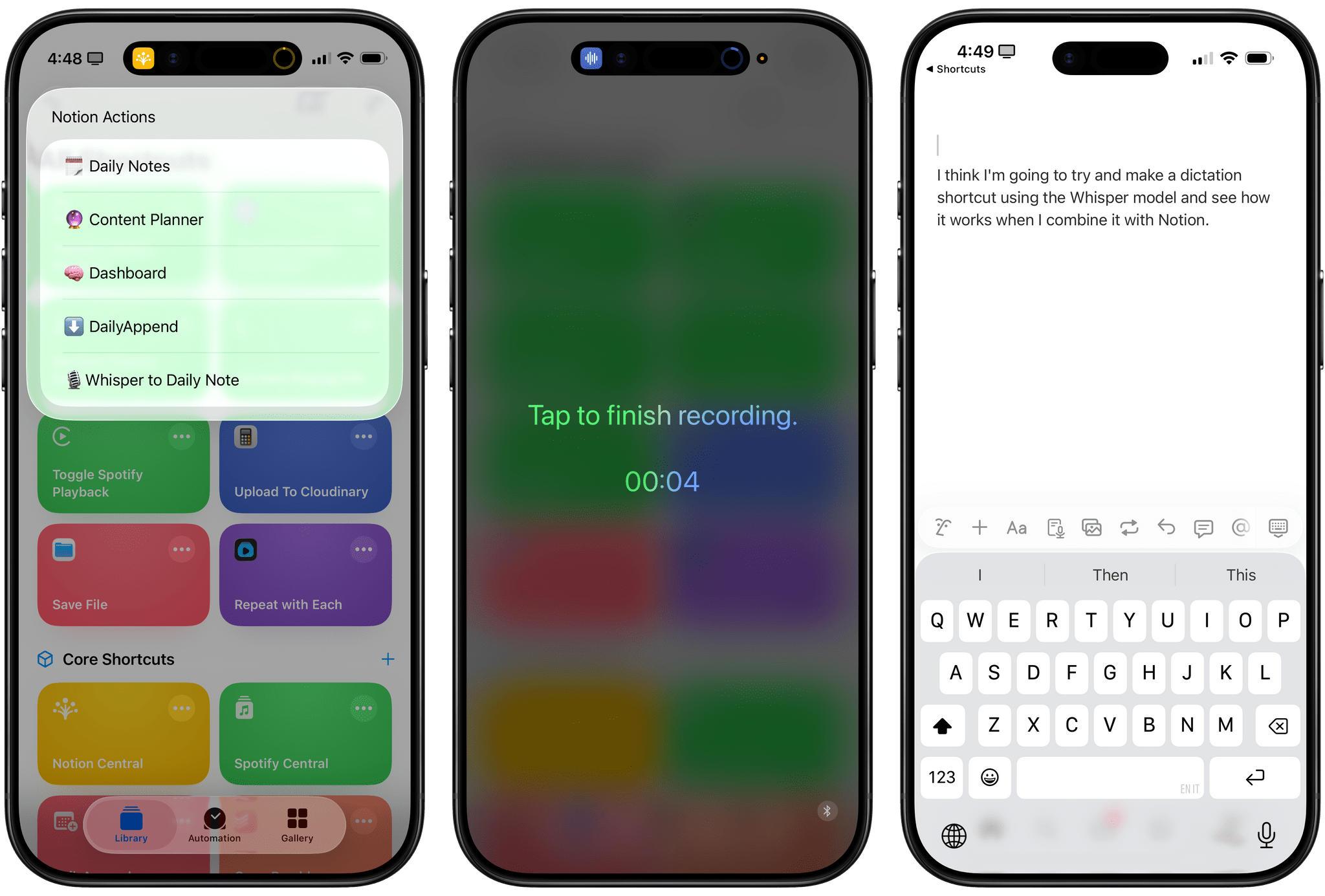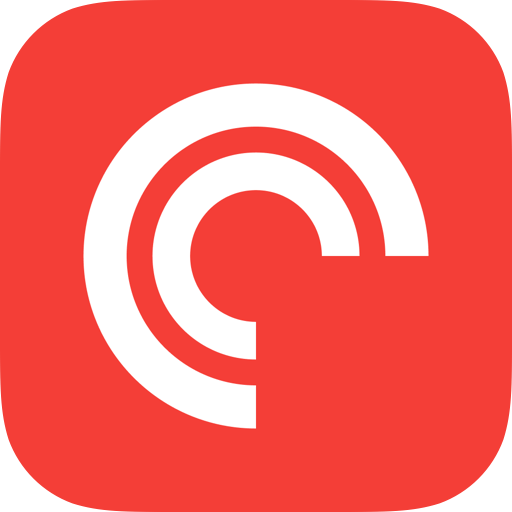Our Holiday Schedule
Our Holiday Schedule
As many of you probably know, we always take a little time off during the winter holidays to recharge and spend time with our families and friends. This year is no different. The website will be quieter than usual for a couple of weeks, and this is the last issue of MacStories Weekly for the year. Weekly will be back on Friday, January 9. The Monthly Log for December will be published as usual before the end of the month.
As for podcasts, there’s one more episode of AppStories, MacStories Unwind, and NPC coming next week, with all three shows then taking a two-week break. There will be an episode of Cozy Zone for subscribers next week, too, but Comfort Zone is taking the week off. Also, First, Last, Everything and Magic Rays of Light are currently on hiatus. Their return dates haven’t been set yet, but we’ll let you know when they resume.


